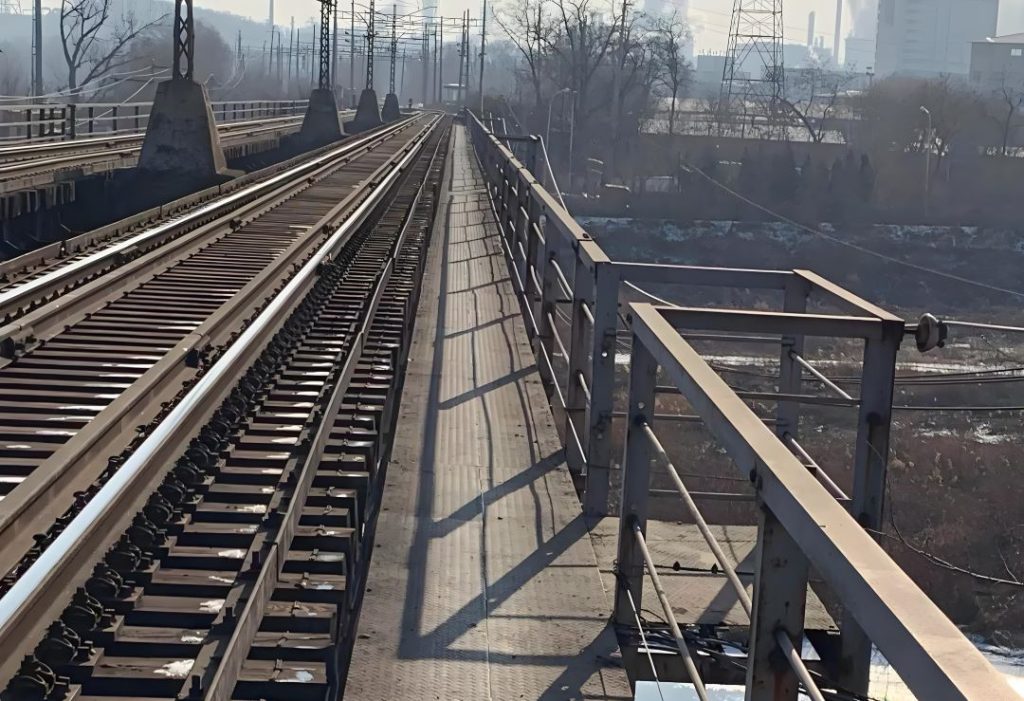Why is a train bridge called a trestle? A train bridge is called a "trestle" because of its structural design, which resembles the traditional "trestle" support framework. The term "trestle" originates from the Latin word "trabs", meaning "beam," and Old French "trestel", meaning "crossbeam." In architectural terms, a trestle is a rigid frame typically consisting of two sloped legs connected by a horizontal beam, often used to support tables, platforms, or structures.

In the context of railroads, a trestle bridge refers to a series of short spans supported by a network of closely spaced frames or towers. These frames, known as trestles, are designed to distribute the weight of the train evenly and are often constructed using wood, steel, or concrete.
The word "trestle" itself originates from Old English and Middle English terms meaning "a support for holding something up." In medieval times, it was used to describe a frame or stand on which objects were placed, such as tables during feasts or planks when building structures. The architectural form adopted this name because it resembled these earlier forms of supportive frameworks.
When applied specifically to bridges, particularly those constructed during the rapid expansion of railroads in the 19th century across North America and Europe, the term stuck due to their distinctive lattice-like appearance with numerous supporting pillars. This style allowed trains to efficiently cross challenging terrains while minimizing material usage compared to solid deck designs like viaducts or arches.
The term became widely used because early railroad bridges, especially in rugged or undeveloped areas, were often built with this type of framework due to its simplicity, affordability, and ability to adapt to uneven terrain.




